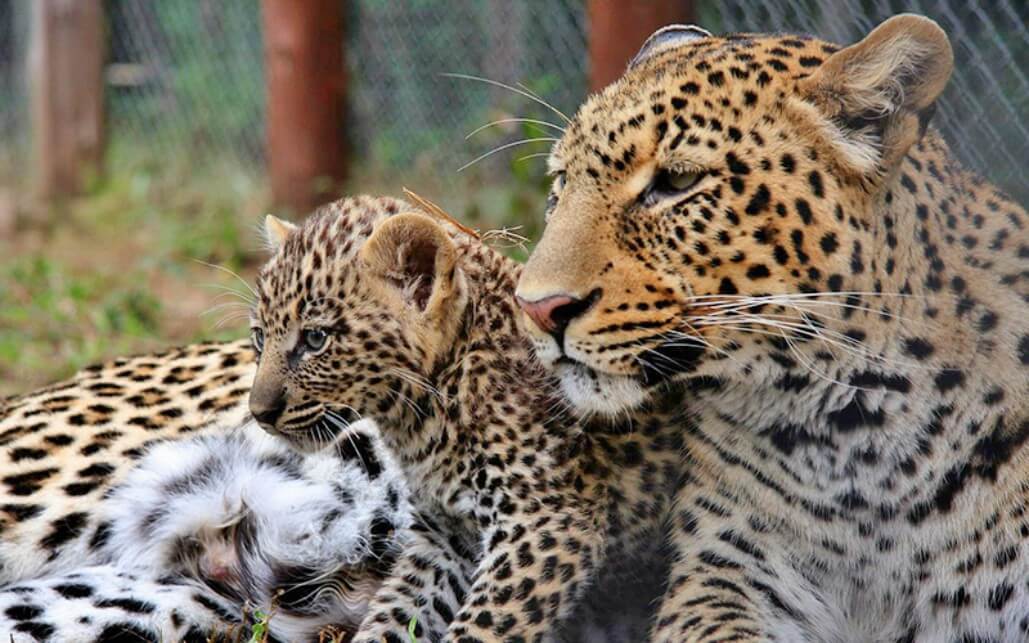In an isolated southeast corner of Zimbabwe, approximately 140 volunteers have recently completed a key annual wildlife census, trying to evaluate the health of the nation’s fauna in the face of an alarming regional drought.
The volunteers operated in shifts at Gonarezhou National Park – a location known as the “place of the elephants”. Despite the recent rainfall that brought greenery back to the landscapes of the park, there was still evidence of the severe impact of the dry spells. Anxious elephants, evidently weakened by sustained draught, have been causing significant damage to baobab and acacia trees in their tireless search for nutrition.
Whilst Gonarezhou’s wildlife inhabitants are considered ‘fortunate’, other wildlife reserves in Zimbabwe are less so. They are succumbing to the damaging results of the dire dry conditions brought on by changes in the climate. An official statement from Tinashe Farawo, the spokesperson for the Zimbabwe Parks and Wildlife Management Authority, relayed his concern regarding the rising incidents of animal suffering this season.
Farawo drew attention to the extraordinary problems posed by climate change. Increasingly erratic weather cycles and extended periods of drought across the nation are impacting the habitats of the wildlife. The Authority is still gathering data, but accounts of elephant and buffalo fatalities in Hwange, the nation’s most extensive park, have reached alarming levels. In a bid to navigate the situation, the park’s officials have constructed 100 solar-powered boreholes to ensure the provision of water for the animals.
The effects of climate change resonate beyond Zimbabwe’s borders, influencing reserves and wildlife parks across Africa. Research demonstrates that extreme weather patterns are responsible for the demise of both flora and fauna, who struggle to acclimatise to prolonged dry conditions and escalating temperatures. While Zimbabwe has responded with measures like solar-powered boreholes, animals are compelled to cover great distances, often crossing into different nations, in the quest for essential resources.
The Kavango-Zambezi Transfrontier Conservation Area, globally acknowledged as the largest multi-nation conservation region, bears testament to the lengths animals will go. As Farawo jovially observed, animals can “consume breakfast in Zimbabwe, lunch in Botswana, and dinner in another country”. This humorous anecdote, however, masks the seriousness of the situation, with extreme weather, drought, and high population densities linked to a bacterial infection claiming elephant lives in Hwange National Park.
Climate change repercussions are far-reaching, detrimentally affecting not only elephant populations but bird species also, due to their dependency on certain trees for breeding. Moreover, growing pressure on habitats has prompted an escalation in human-wildlife conflict, marked by intensified clashes in communities near wildlife reserves. The search for scarce resources drives wildlife into human settlements, generating a surge in distress calls received by the parks’ agency, as articulated by Farawo.
The complex issue of climate change continues to pose significant challenges, underlining the necessity for cohesive, global initiatives to protect our rapidly dwindling wildlife before it’s too late.





